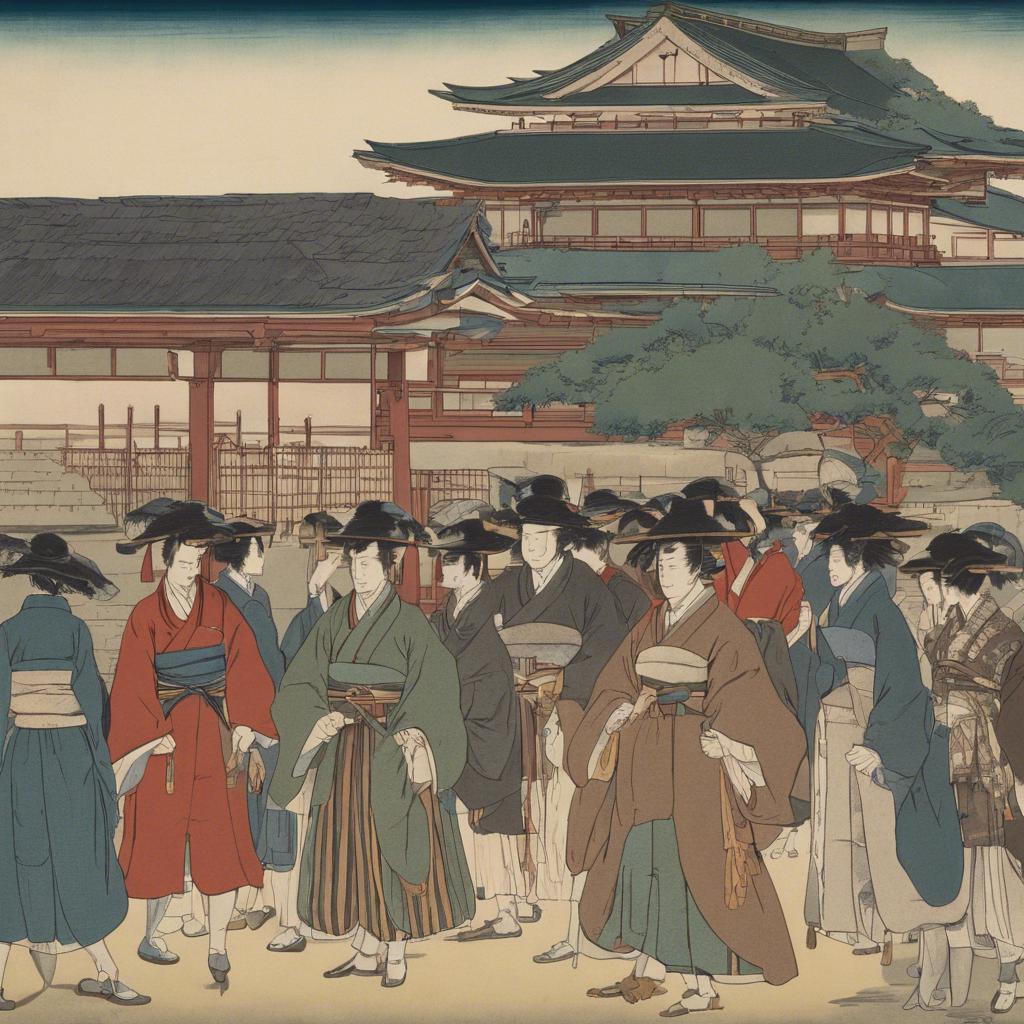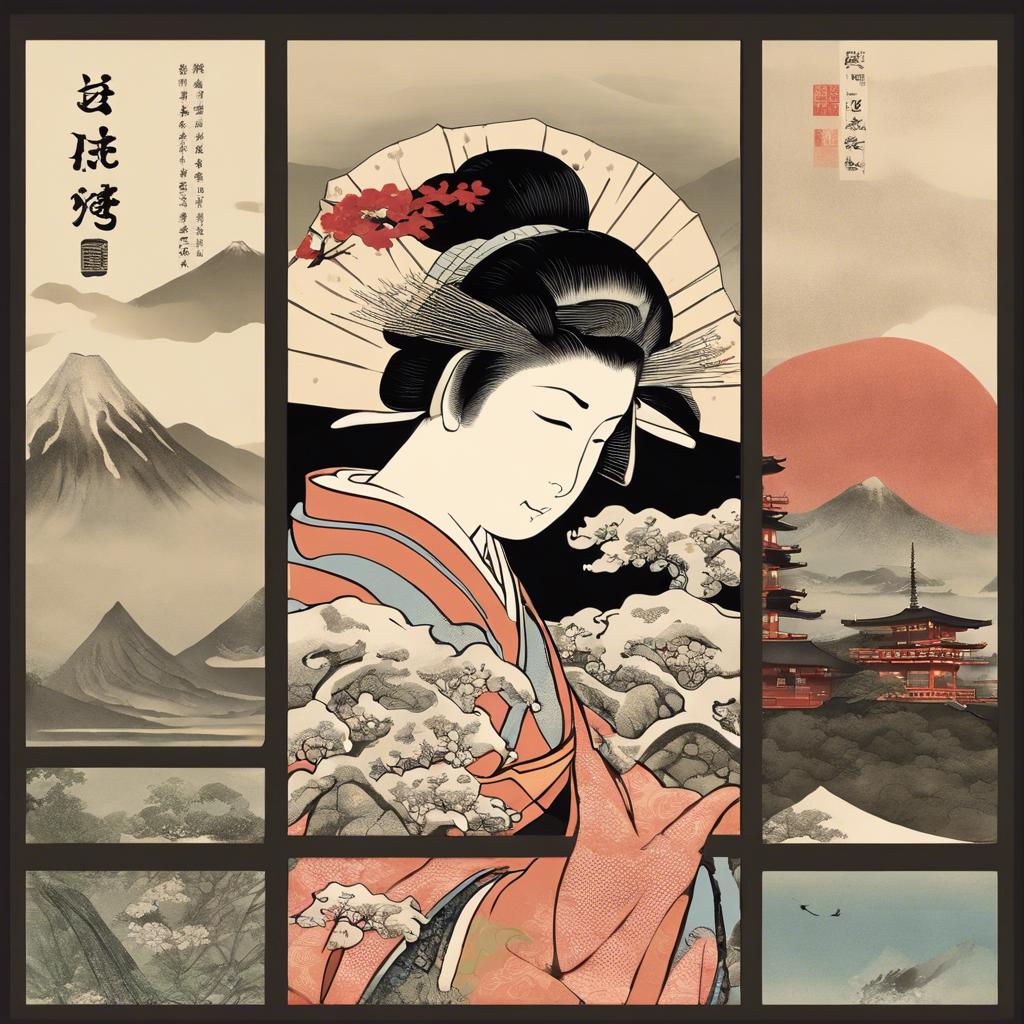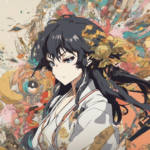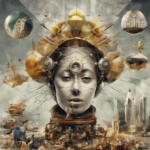During the Regency Era in Japan, spanning from 1868 to 1912, the country underwent a period of significant cultural, social, and political transformation. This era saw the end of the feudal Tokugawa shogunate and the restoration of imperial rule under Emperor Meiji, marking a pivotal moment in Japanese history. From modernization efforts to the emergence of new artistic and literary movements, the Regency Era in Japan witnessed a dynamic shift towards modernity and global integration. Join us as we delve into this fascinating period in Japanese history and explore the impact of the Meiji Restoration on the country’s trajectory towards modernization.
Step Into the World of Cheryl Bolen
Dive into the enchanting stories of love, intrigue, and elegance set in the Regency Era. Cheryl Bolen's novels offer timeless romance and captivating tales that will leave you wanting more.
Explore Cheryl Bolen's Books Now
The Rise of the Regency Era in Japan: A Transformation of Politics and Society
The Regency Era in Japan marked a significant shift in the country’s political landscape and societal norms. During this period, the power of the Emperor was significantly weakened, as the shoguns took control of the government. This shift in power dynamics led to a transformation in the political structure of Japan, with the shogunate assuming a central role in governing the country.
One of the key features of the Regency Era was the establishment of a system of dual government, with the Emperor and the shogun sharing power. This arrangement allowed for a more efficient and effective system of governance, as decision-making was divided between the two ruling entities. This dual government structure played a crucial role in shaping the political landscape of Japan during this period.
Furthermore, the Regency Era saw a significant increase in cultural exchange between Japan and Western countries. This period witnessed the arrival of Western traders and missionaries, who brought with them new ideas and technologies that had a profound impact on Japanese society. The influx of Western influence during the Regency Era contributed to the modernization and transformation of Japan in the years that followed.
Cultural Influences and Advancements in Regency Era Japan: From Art to Fashion
In Regency Era Japan, cultural influences and advancements played a significant role in shaping various aspects of society, from art to fashion. The period saw a flourishing of traditional Japanese art forms such as ukiyo-e, which depicted scenes of everyday life, kabuki theater, and tea ceremonies. These art forms not only reflected the aesthetic sensibilities of the time but also served as a means of cultural expression and identity for the Japanese people.
Fashion in Regency Era Japan was also greatly influenced by cultural trends and advancements. The period marked the emergence of distinct styles and designs in clothing, with elaborate kimonos and obis becoming popular among the upper classes. The use of vibrant colors, intricate patterns, and luxurious fabrics showcased the Japanese penchant for elegance and sophistication in fashion.
Furthermore, advancements in technology and trade during the Regency Era played a crucial role in shaping cultural influences in Japan. The opening of ports to foreign trade and the introduction of Western goods and ideas sparked a period of rapid modernization and globalization. This exchange of cultures and ideas led to a fusion of traditional Japanese customs with Western influences, creating a unique blend of East-meets-West in art, fashion, and society.
Navigating the Intricate Social Hierarchy of Regency Era Japan: Etiquette and Customs
In the intricate social hierarchy of Regency Era Japan, etiquette and customs played a crucial role in determining one’s status and reputation among the nobility. It was essential for individuals to adhere to strict protocols and traditions in order to navigate this complex societal structure with grace and poise.
Respect for elders and authority figures was paramount in Regency Era Japan, with proper bowing techniques serving as a sign of deference and humility. The depth and duration of a bow conveyed the level of respect owed to a person based on their rank and social standing. Failure to bow correctly could result in disgrace and potential social ostracism.
Furthermore, the exchange of gifts played a significant role in maintaining social relationships and fostering goodwill among the elite. From intricately decorated kimonos to delicate porcelain tea sets, the choice and presentation of gifts required careful consideration and attention to detail. Gift-giving was not only a demonstration of generosity but also a subtle way to express one’s respect and appreciation for others.
Exploring the Economic Prosperity of Regency Era Japan: Trade and Commerce Opportunities
During the Regency Era in Japan, the country experienced a period of economic prosperity driven by trade and commerce opportunities. This era marked a time of stability and growth, where the economy flourished due to increased international trade and the development of domestic industries.
One of the key factors contributing to Japan’s economic success during this time was its strategic location as a hub for trade between East Asia and the Western world. Japanese merchants took advantage of this position to establish lucrative trading relationships with countries such as China, the Netherlands, and Portugal. This not only brought in valuable goods and resources from abroad but also helped to promote cultural exchange and technological advancements.
Japanese cities like Edo and Osaka became bustling centers of commerce, with markets and trading posts attracting merchants from all over the world. The demand for luxury goods such as silk, porcelain, and spices was high, leading to the growth of industries that specialized in producing and exporting these products. This surge in trade not only boosted the economy but also enriched Japanese society and culture as a whole.
Future Outlook
the Regency Era in Japan was a transformative period marked by political, social, and cultural changes. From the establishment of the Tokugawa shogunate to the rise of the Meiji Restoration, this era shaped the foundation of modern Japan as we know it today. The hierarchical society, strict class systems, and traditional values of the past collided with Western influences, leading to a complex and dynamic time in Japanese history. As we continue to study and analyze this period, we gain a deeper understanding of the challenges and triumphs that paved the way for Japan’s evolution into a global power. The legacy of the Regency Era lives on, influencing contemporary Japanese society in ways both visible and subtle. Let us remember and honor this pivotal time in Japan’s rich history.


